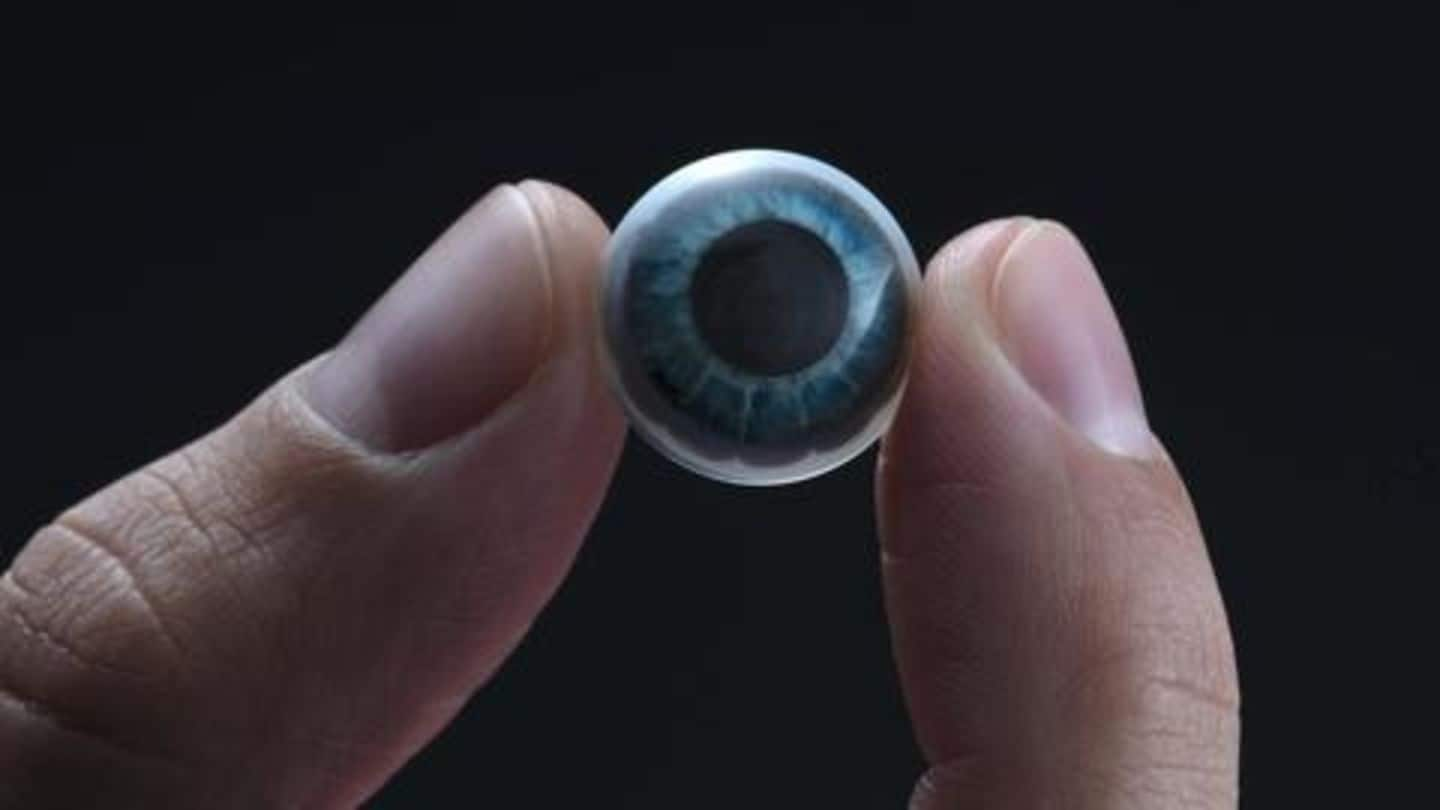
Smart contact lenses are coming. But, what are they?
What's the story
As market-ready AR glasses continue to evolve, a new kind of device appears to be mushrooming on the block - smart contact lenses. These lenses, when and if ready, would look just like the regular ones but actually put a screen against your eyes, which will enhance your view of the world. What does it mean exactly? Read on to know.
Mojo Vision
Mojo Vision and its 'true smart contact lens'
Though companies have been throwing around the idea of smart lenses for a long while, only a few are working to make it happen - owing to the technical limitations of putting everything in such a small profile. One such company is Mojo Vision, a Silicon Valley start-up that has raised $108 million to develop what it calls "world's first true smart contact lens."
Product
What Mojo Vision is working to develop?
Mojo Vision hopes its smart contact lens would one day give people with poor vision a way to see things more clearly. It could, for instance, display enhanced overlays of the world in front, with sharper details as well as a way to zoom into objects. Ultimately, it hopes to use the glass to show useful information from your phone, like weather, directions, notifications.
Information
So, it would be like Google Glass - only smaller
This means once the contact lens is ready, it would not only enhance the vision of wearers but also augment their vision with a number of AR-backed capabilities, much like a smaller version of Google Glass or Snapchat Spectacles. It would even enable night vision.
Prototype
Early prototype developed with a 14,000 ppi display
Mojo Vision has developed a prototype of the smart lens, which was showcased at the CES. As The Verge describes, the technology demonstrated was a hard scleral lens integrated with a 14,000 ppi monochromatic display as well as image, radio, and motion sensors that could overlay and stabilize images for the eye. They say it would sit slightly above the surface of the eye.
Problems
However, it had some problems too
While the tech of the lens appears to work, the company is facing the challenge of cramming everything inside a small profile. In its current configuration, the lens requires a battery and processor connected with a wire to run. However, eventually, the team hopes to solve these problems through an additional accessory and a power system that would charge with a proprietary induction system.
Plan
They hope to bring smart contacts within two years
The company has not given a fixed timeline to bring the smart contacts into the market, but it hopes to make their earliest version - for people with low vision - ready in the next two years. However, before that, it needs to refine the tech for consumers and businesses as well as get medical use approval from the Food and Drug Administration.